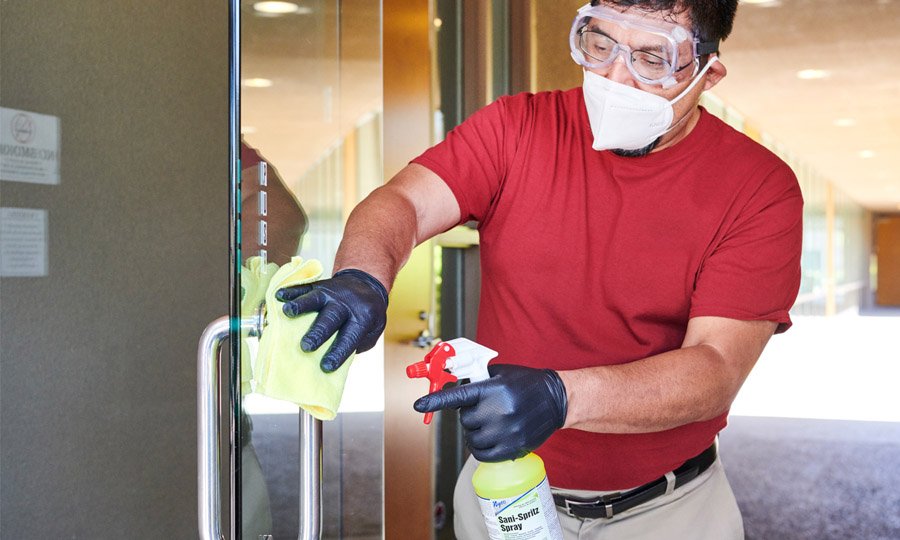The need to keep workplaces well sanitised has always been there, but post 2020, the severity of that need was made painfully evident to everyone. Regular sanitisation is no longer just a standard recommendation, but an expected health standard for all private and public offices. The importance of maintaining hygiene standards must be realised to its fullest extent and not just in respect to covid. Let’s take a closer look at both why it is so important, as well as how to ensure proper sanitisation in commercial environments.
HCIDS IN 2022: Covid-19 is Not the Only Danger
Covid-19 is not the only infectious disease in the UK, although it is still the most common one. Far more alarmingly though, the presence of other high consequence infectious diseases (HCID) such as monkeypox, Crimean Congo haemorrhagic fever (CCHF), Lassa fever, Middle East respiratory syndrome (MERS), and even Ebola has been confirmed in the UK this year. Secondary transmission of monkeypox and MERS is also confirmed by the UK government.
Therefore, the importance of adopting effective sanitisation methods in work environments is still a very serious one. As we have learned, infectious viral diseases tend to flare up and spread, unless they are controlled at an early stage. Caution is the best protection we have against most HCIDs, especially since some of the confirmed diseases are significantly more dangerous than Covid-19. Now that we have a better understanding of the risks, let’s look at what how we can mitigate the risks with effective workplace sanitisation methods.
UVC Decontamination
UVC sanitising lamps can kill or destroy almost all known germs, which includes the SARS-COV and SARS-COV-2 variants. However, it is of the utmost importance that we properly understand the following instructions:
Neither UVA, nor UVB radiation is effective in deactivating viral pathogens.
- Both UVA and UVB radiation are confirmed as being carcinogenic and destructive to human skin tissue.
- Only UVC radiation can destroy most viral pathogens fast, without harming human skin.
- Only UVC radiation is safe, 99.9% effective against most pathogens, and has been approved for usage as a UV sanitisation lamp.
For more information on affordable, mobile UVC light sanitisers, contact VIOA.
Vacuum Cleaning
Vacuum cleaning works exceptionally well against airborne and surface pathogens because of its method of decontamination. Vacuum cleaning works on the principle of removal and not destruction, therefore, any dirt, dust, particle, debris, and pathogen that can be physically removed, will be removed.
Commercial vacuum cleaners are recommended for healthcare facilities and big offices as they come with significantly more suction power than the average vacuum cleaner. Factories and warehouses, on the other hand, will need to be cleaned with industrial vacuum cleaners which are specially designed to handle combustible dust as well.
Alcohol-Based Hand Sanitisers
Rubbing alcohol in diluted form is commonly used as an effective hand sanitiser, with ethyl alcohol being exceptionally effective in destroying viral and bacterial pathogens. More concentrated percentages of ethyl and isopropyl alcohol can be used as a germicidal surface cleaner, although direct skin contact is to be avoided.
The frequency of sanitisation measures should also be regular, in accordance with the type of workplace. For example, healthcare facilities and bio labs must be cleaned multiple times every day, but a twice a day is usually sufficient to keep the average office space decontaminated.


